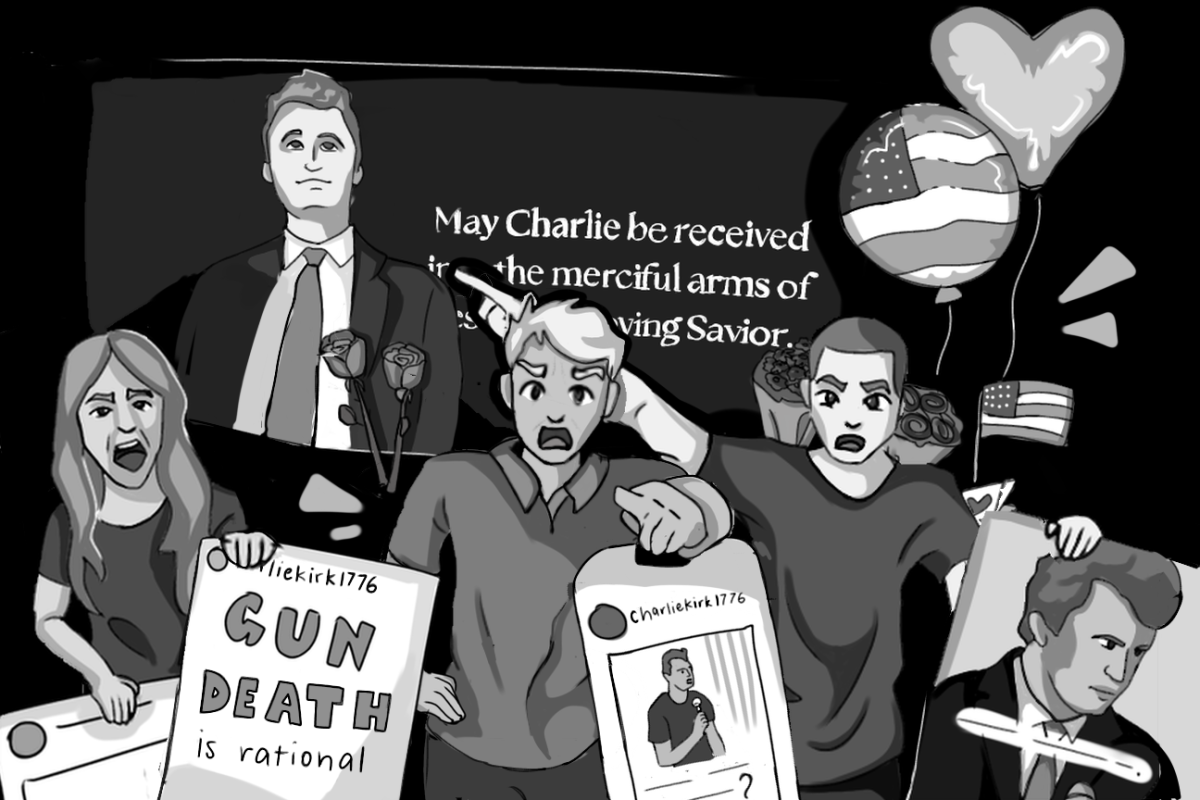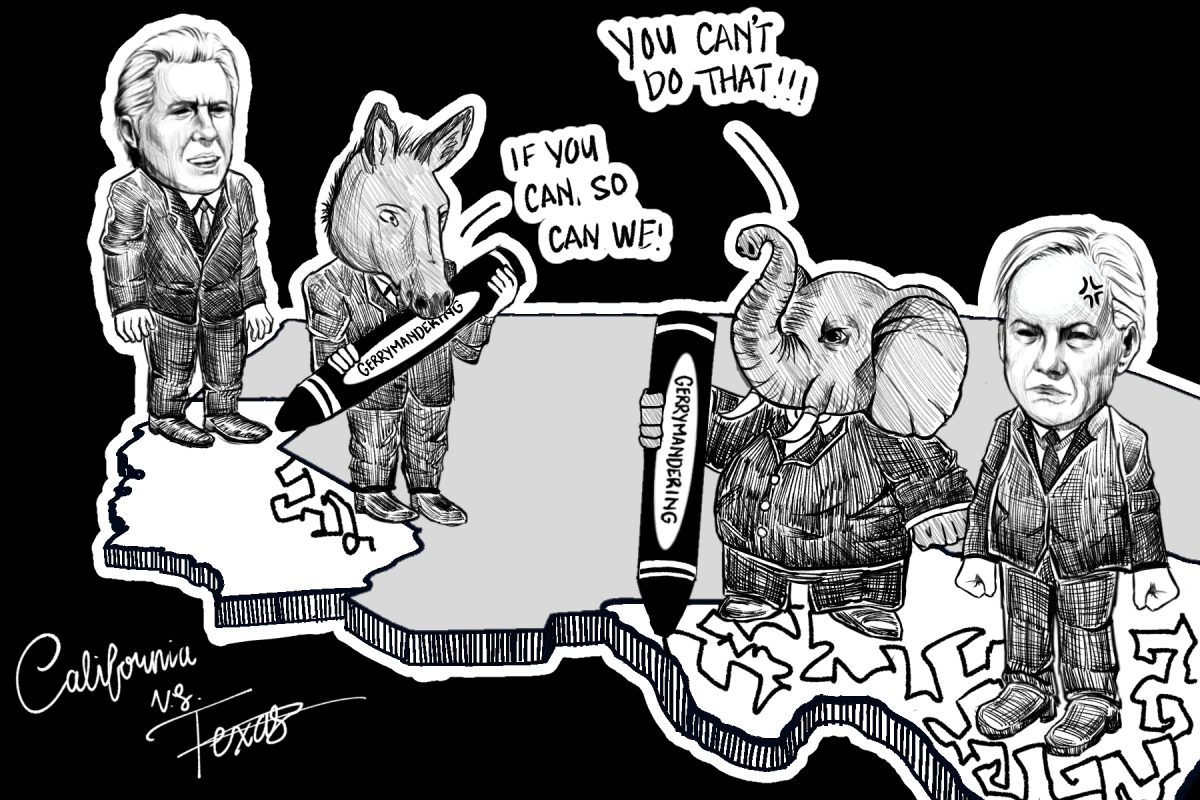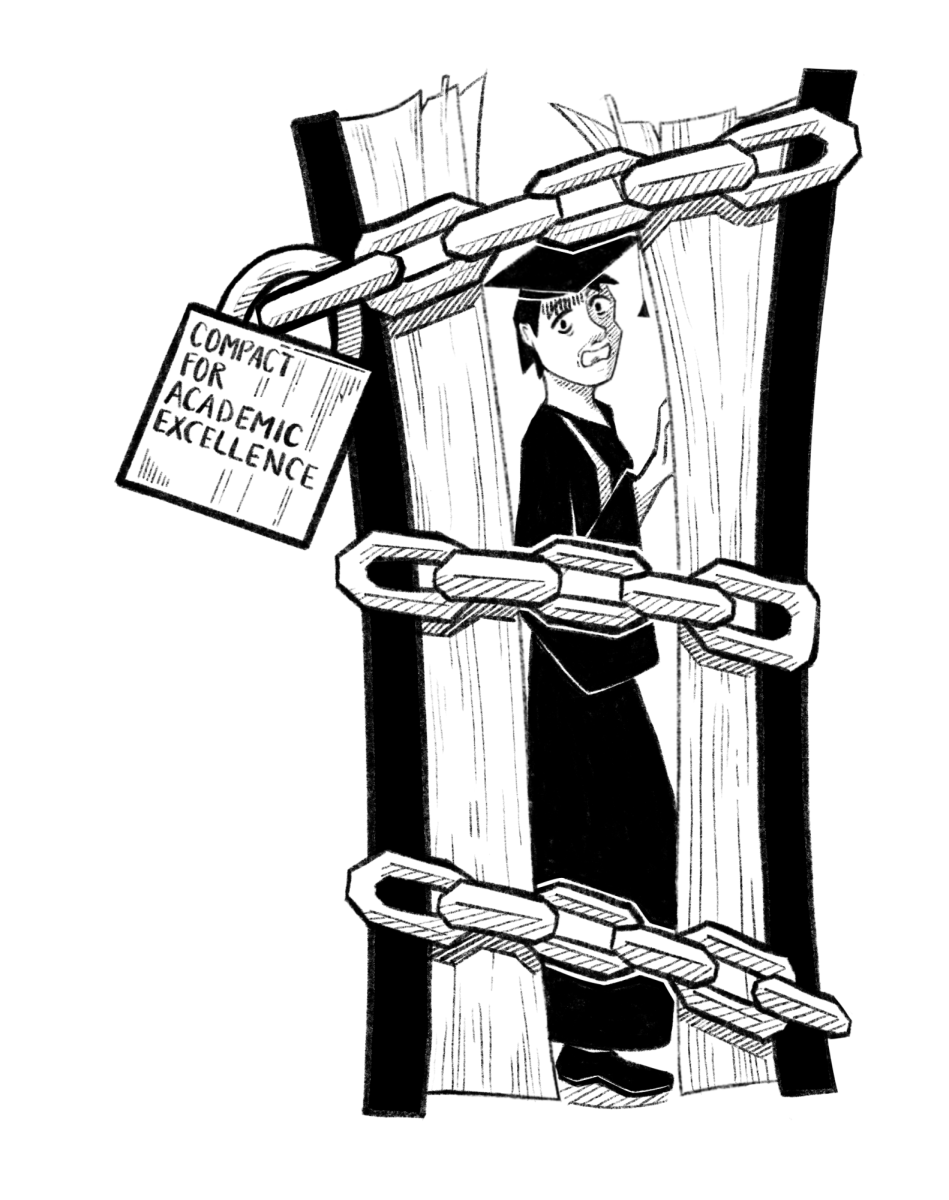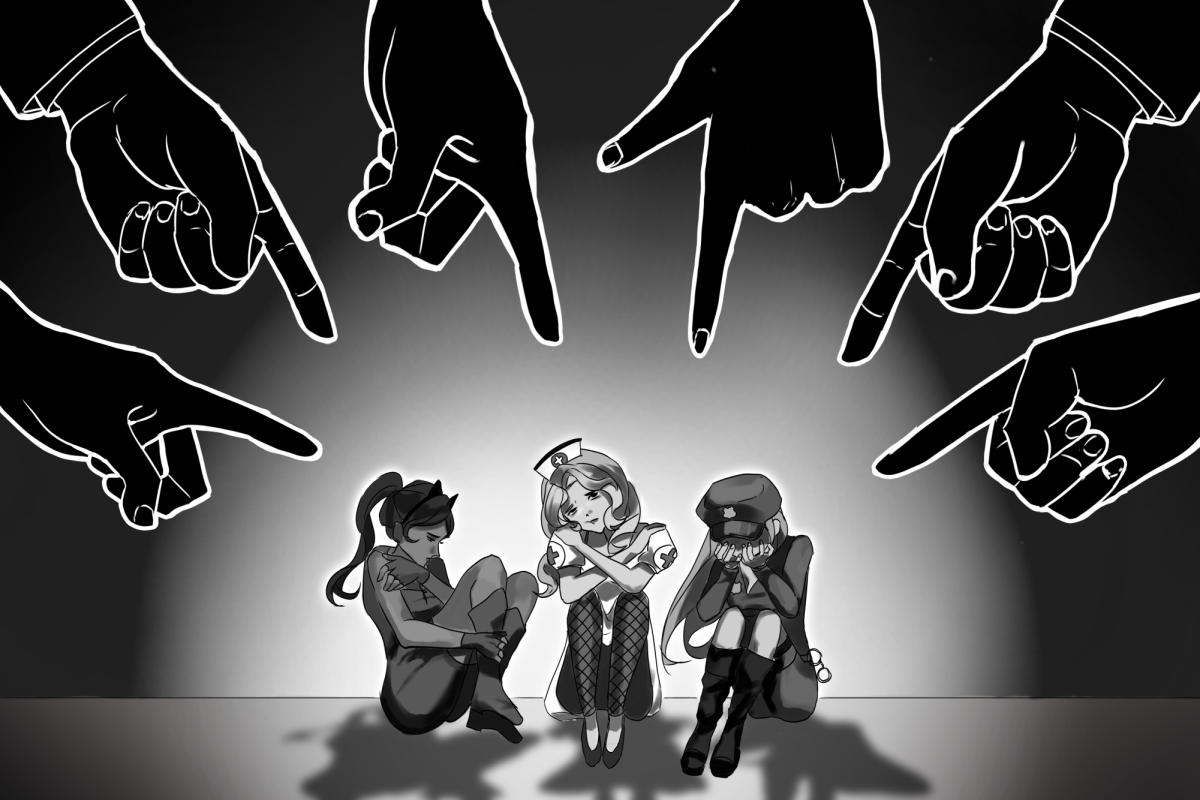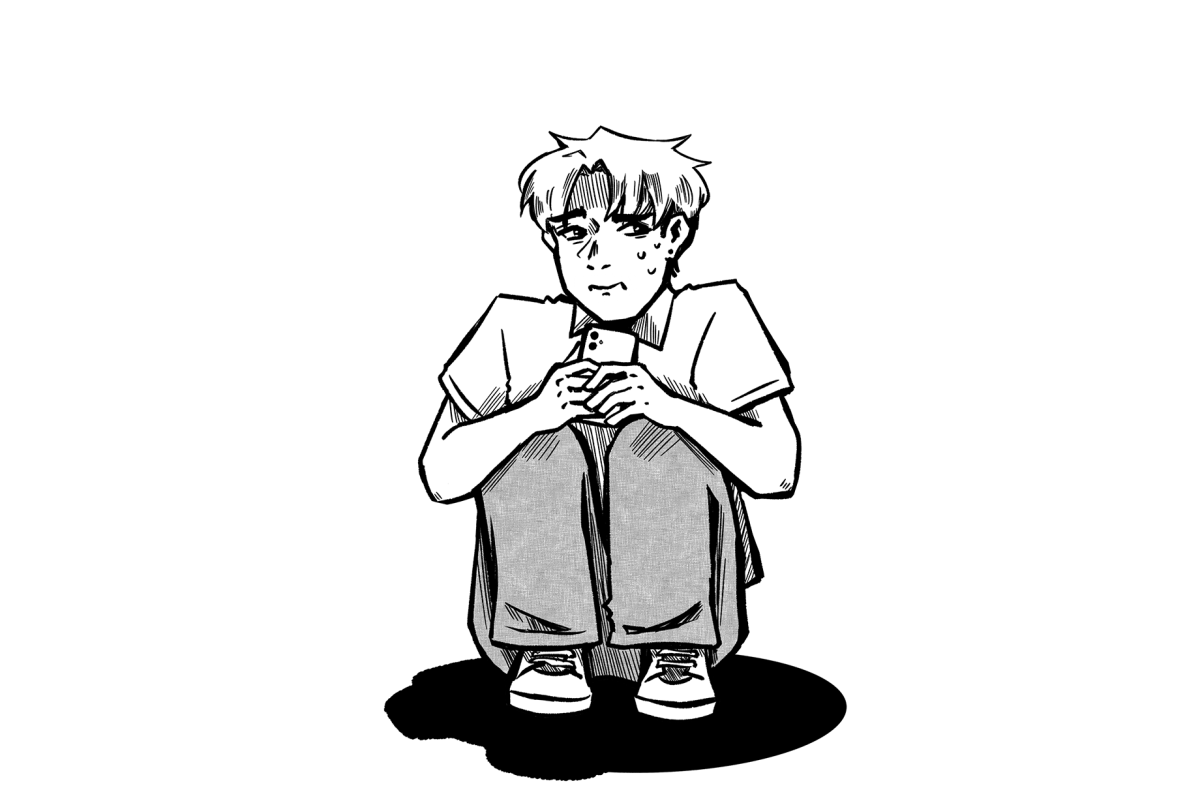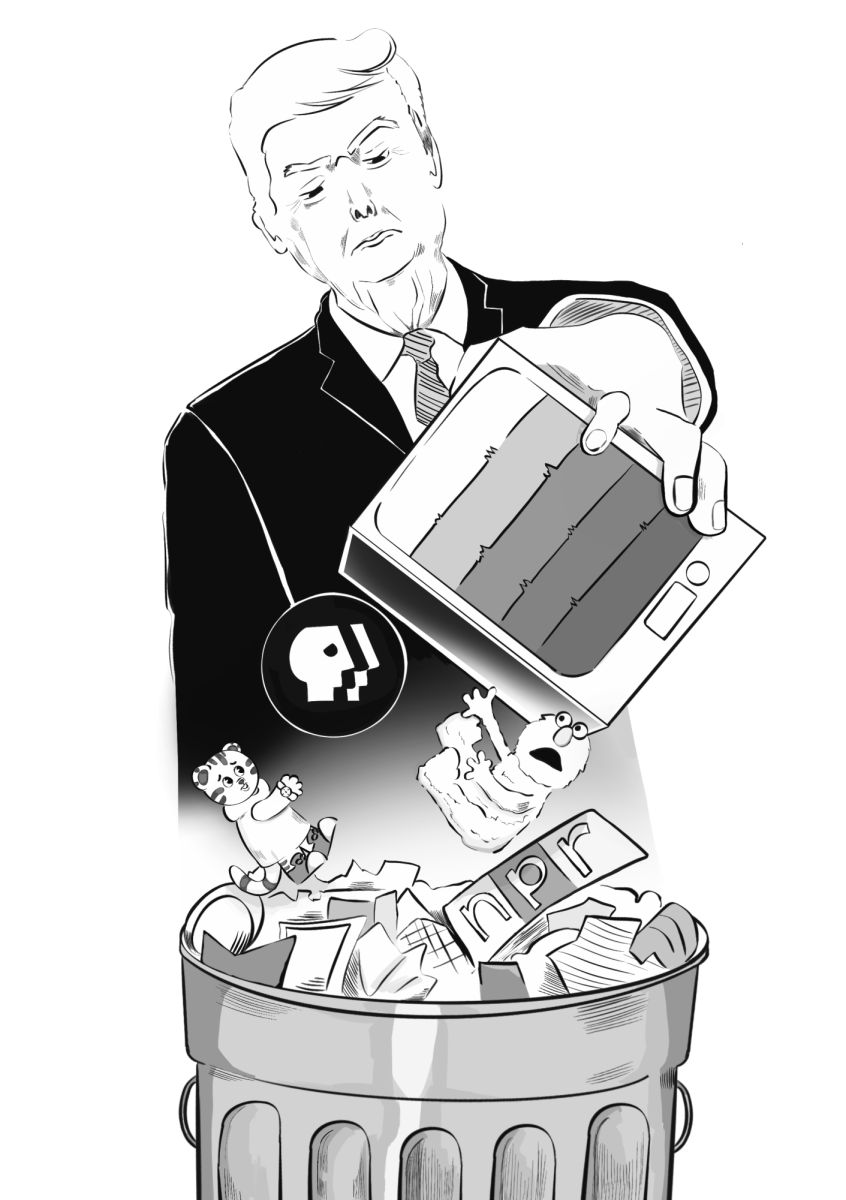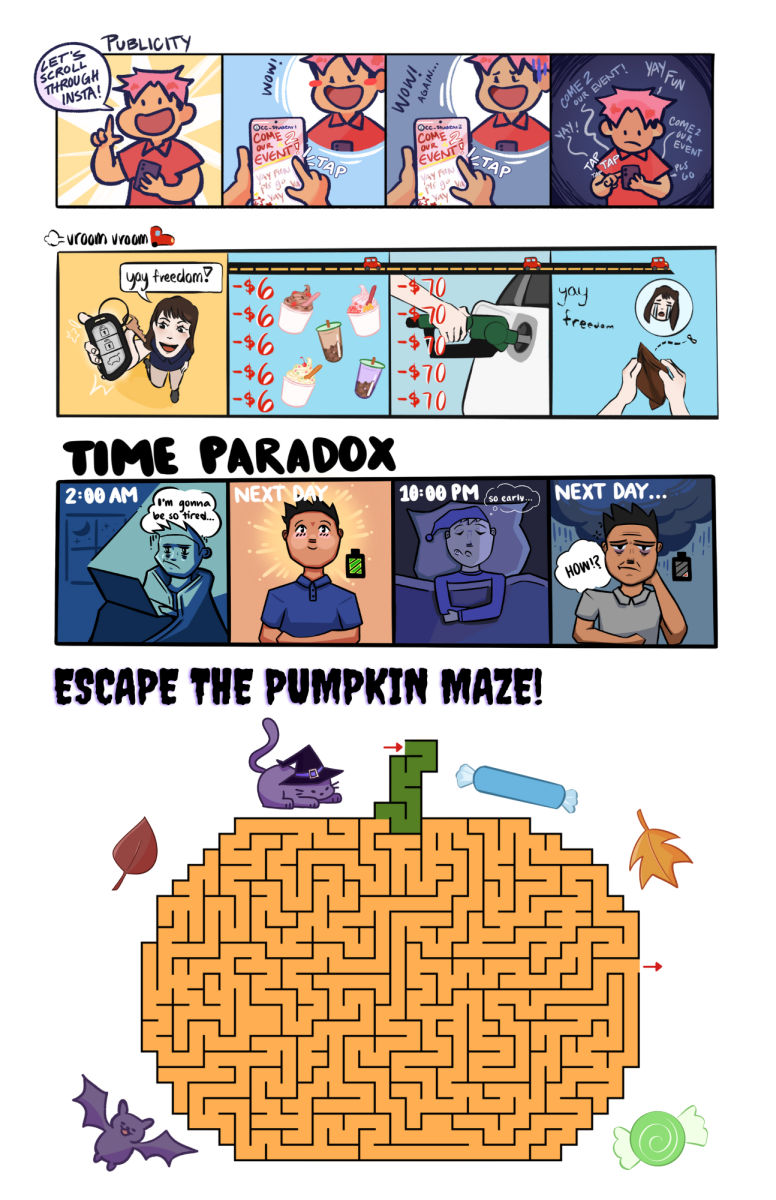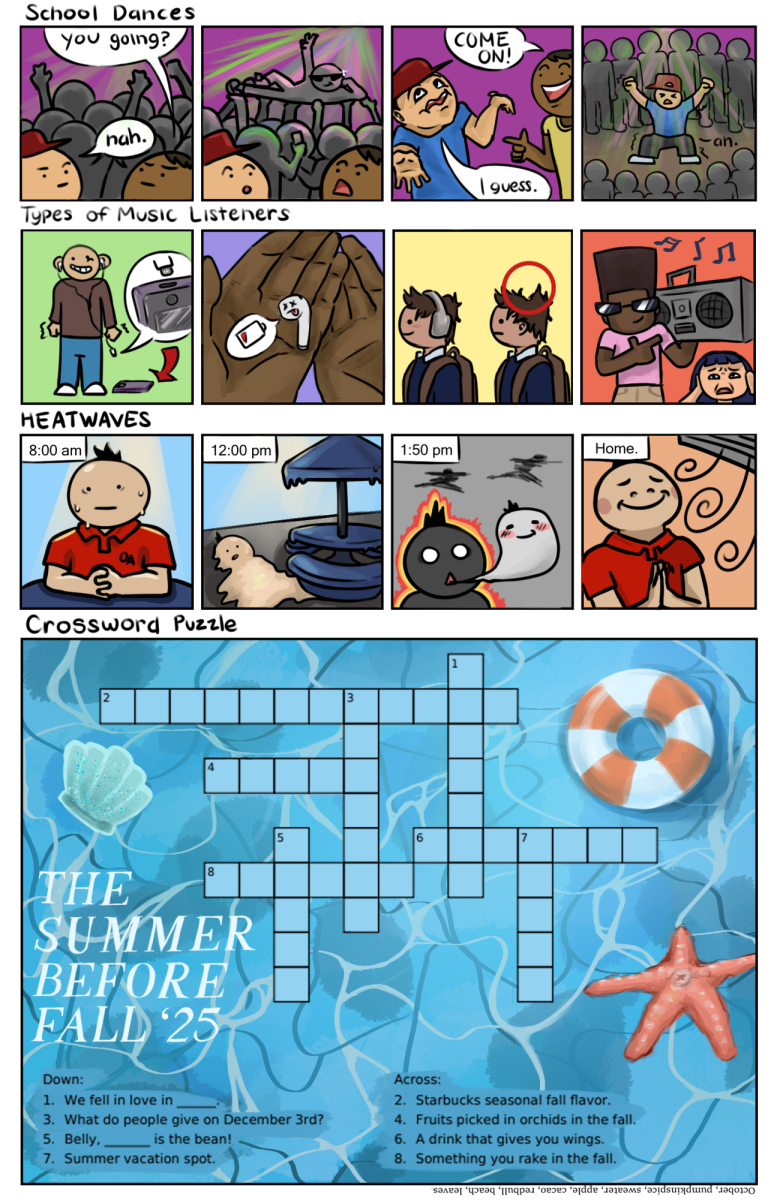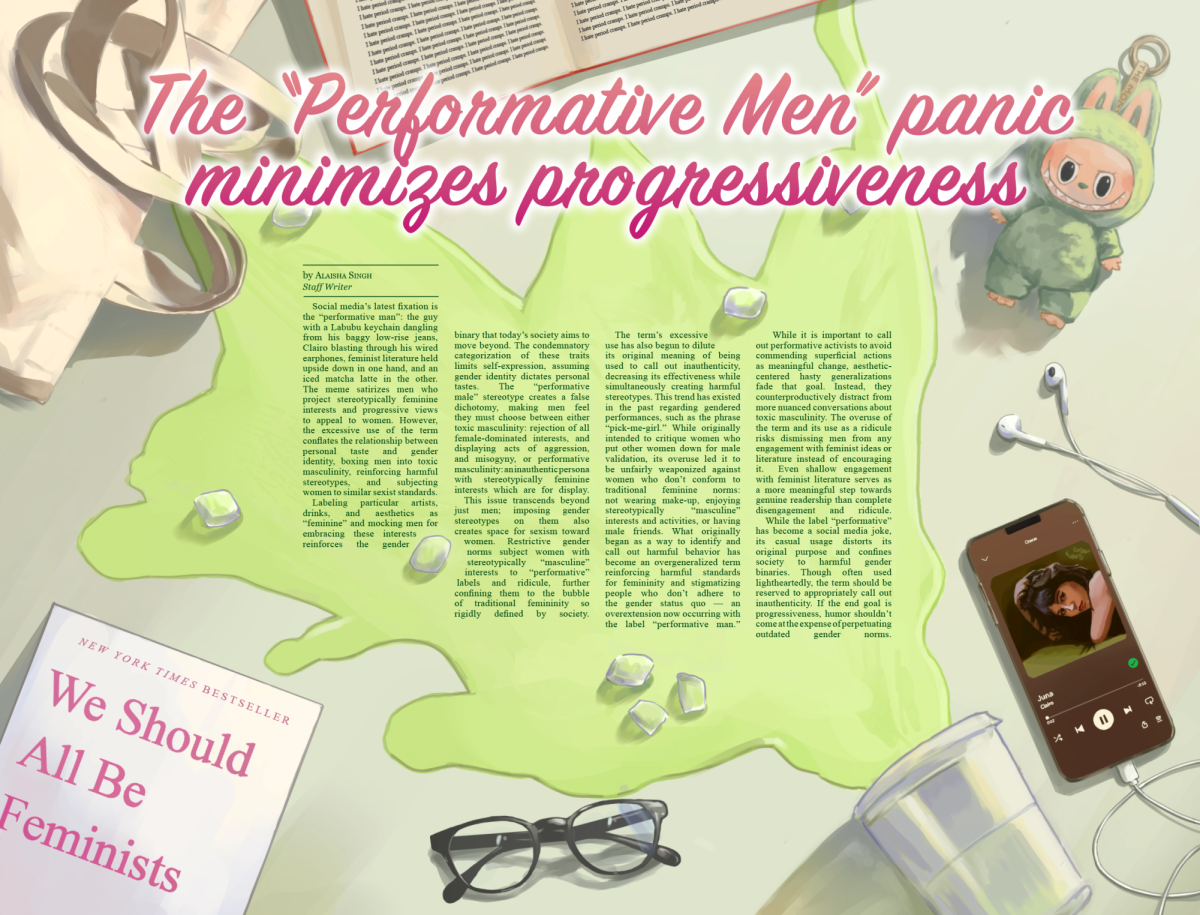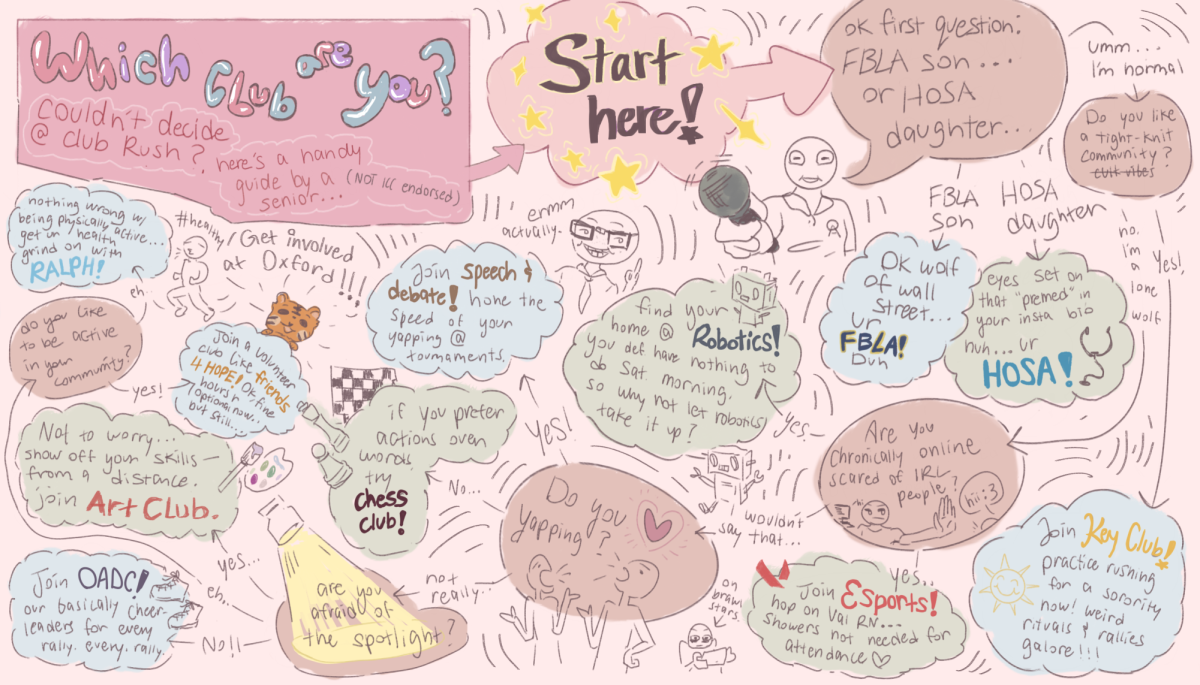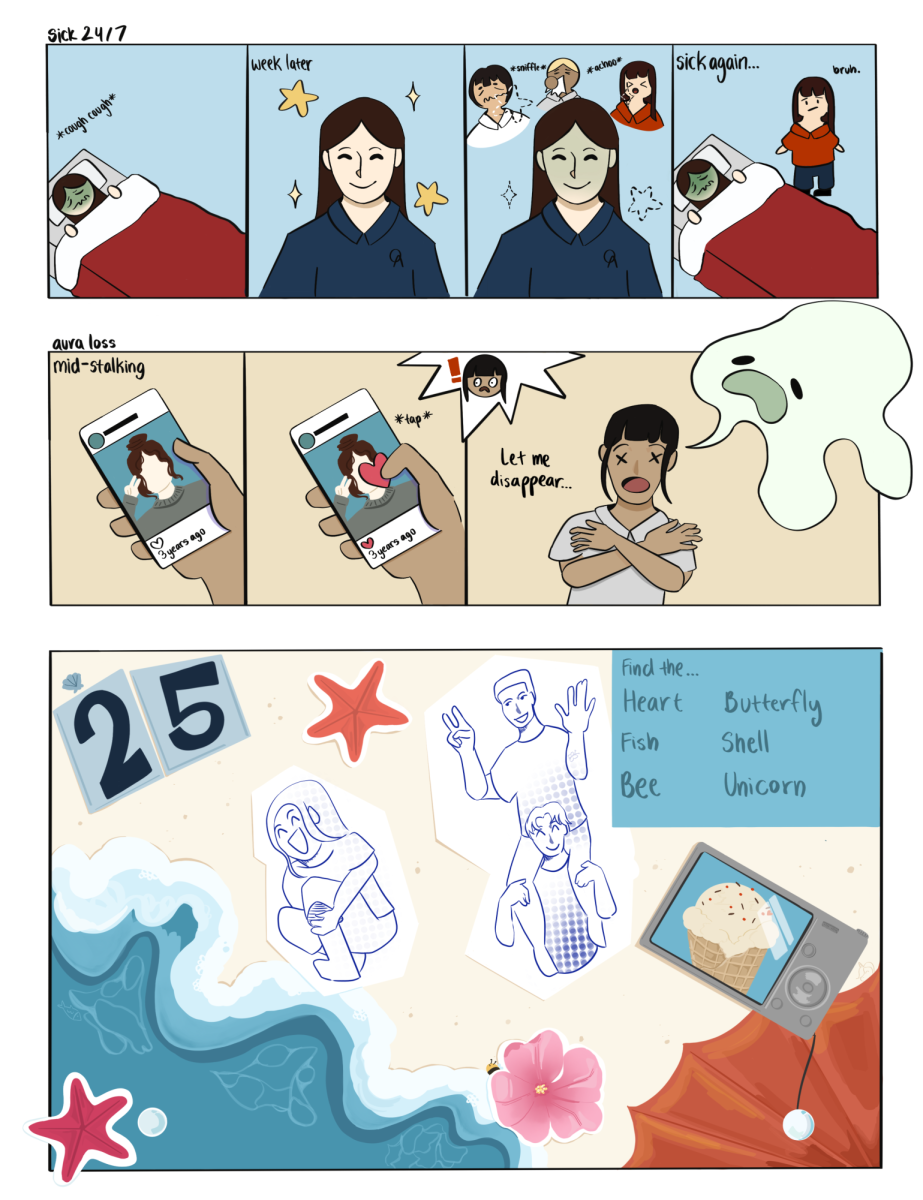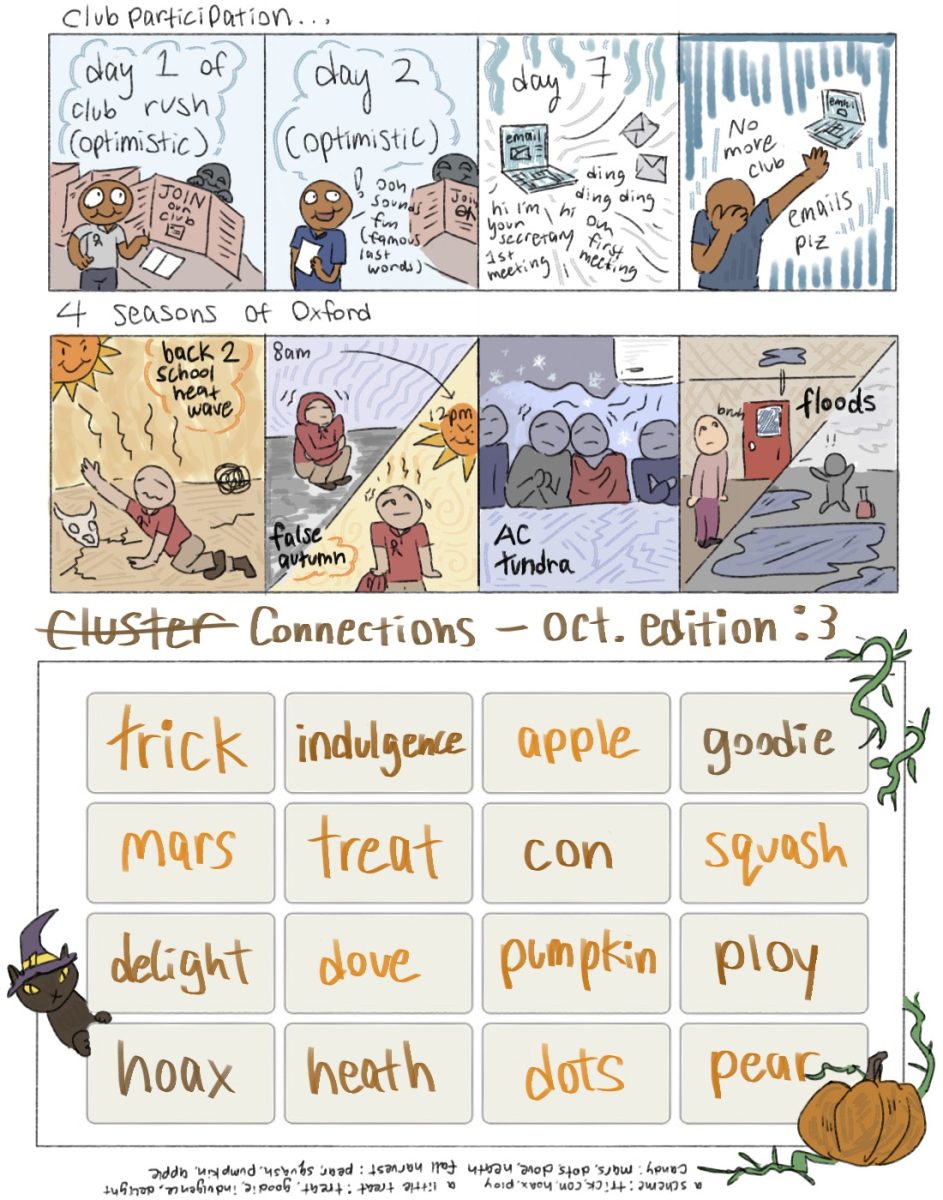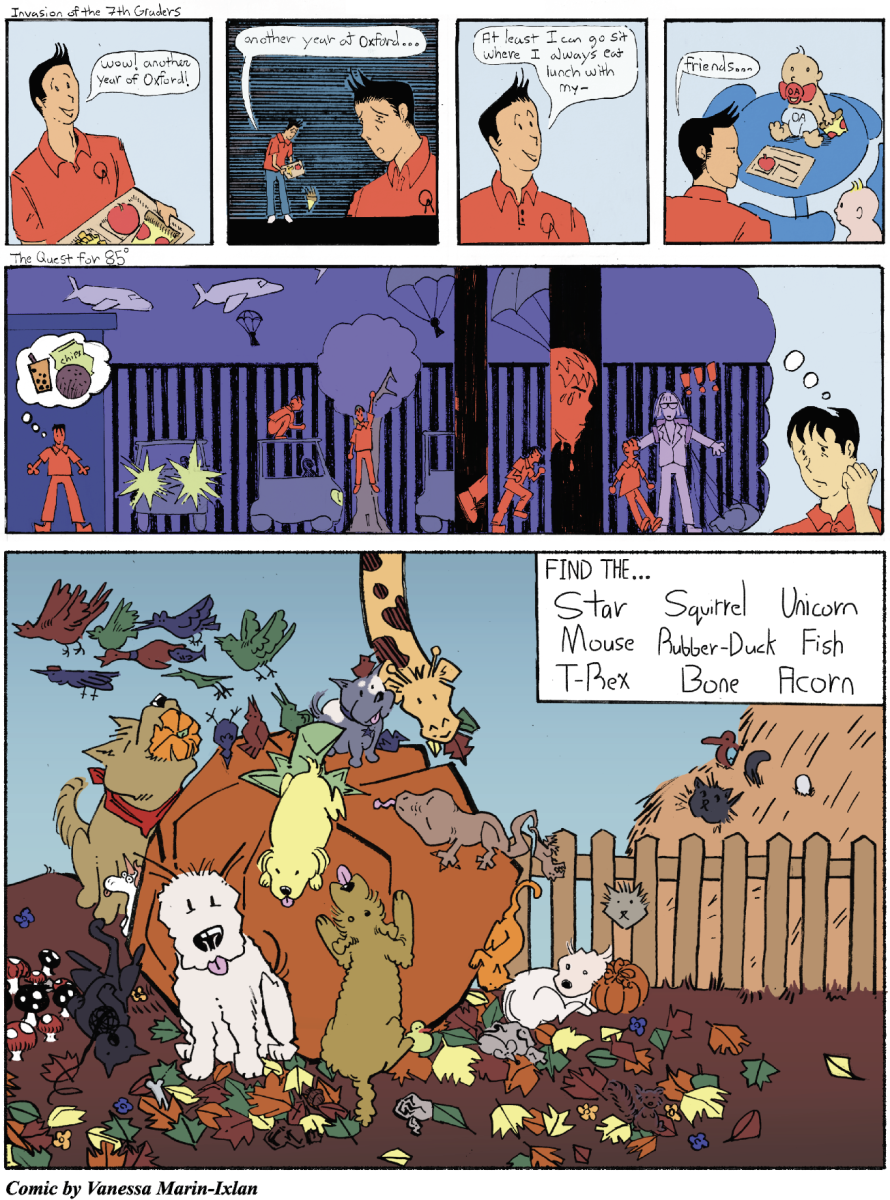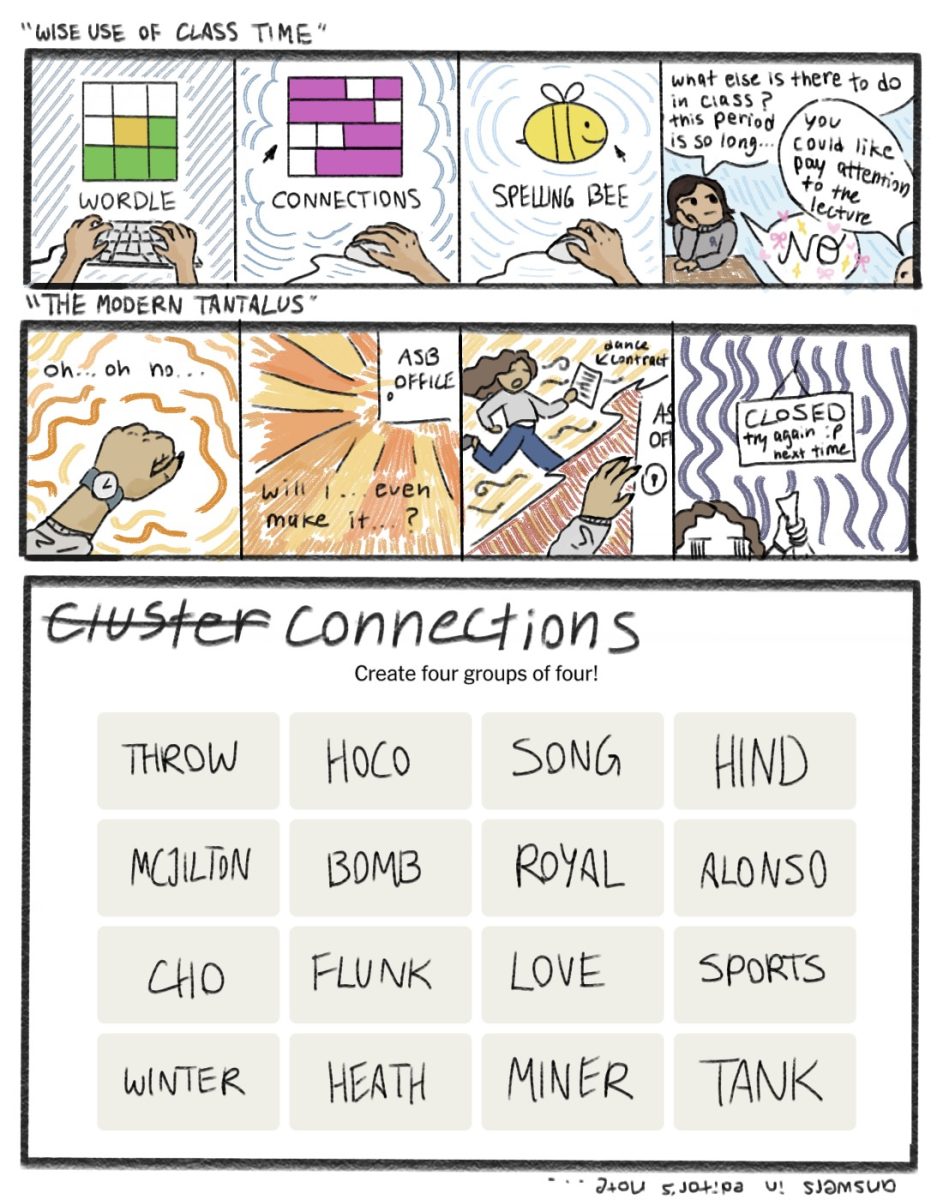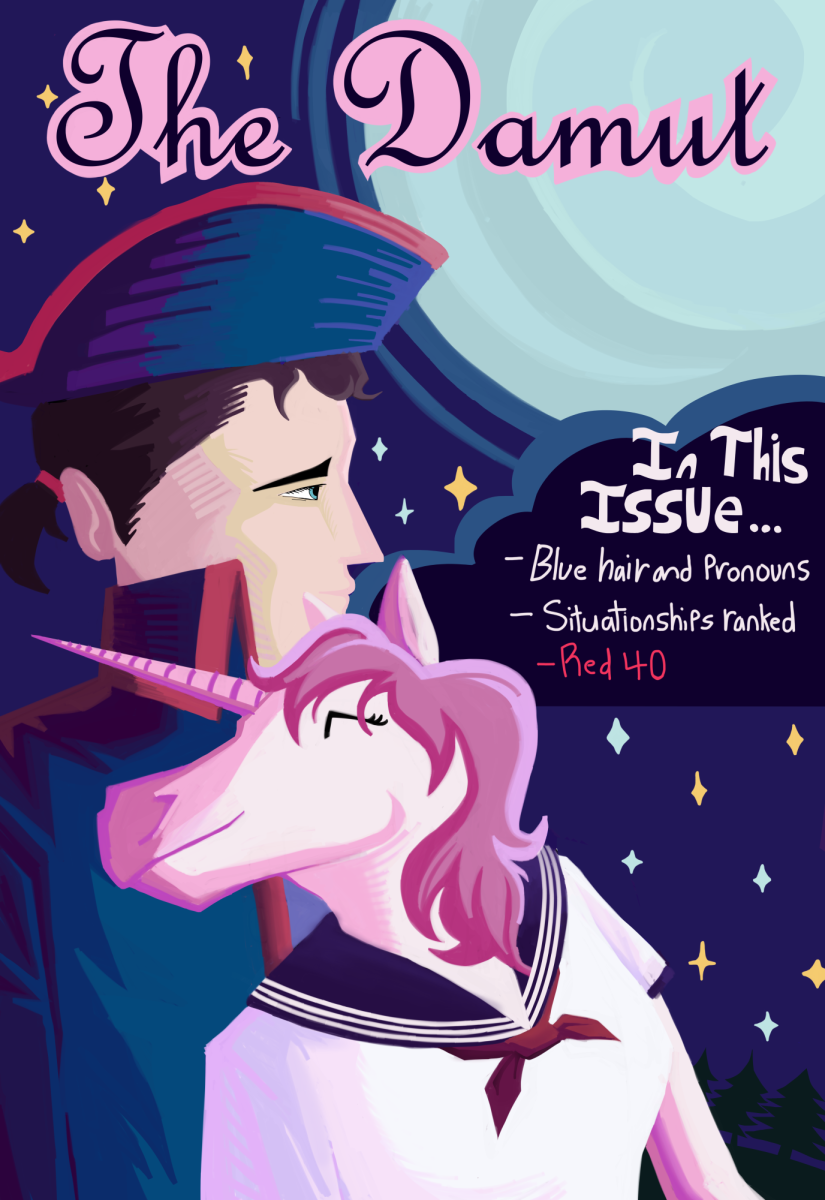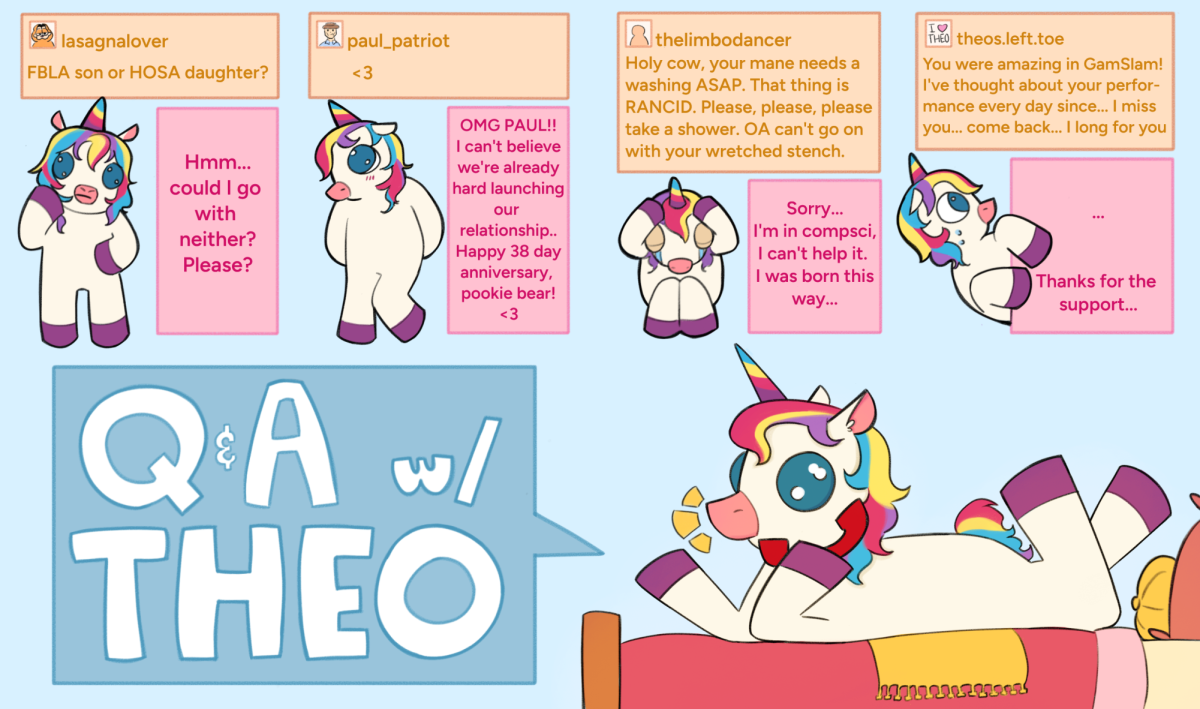On Friday, Oct. 3, Taylor Swift released her twelfth studio album “The Life of a Showgirl”, marking for one of her most anticipated releases to date. Following the conclusion of her record breaking Eras Tour, the album was promoted to be a depiction of elaborate visuals, glamorous costumes, and bold colors; promising a mature reflection of Swift’s life as a performer and a peek into her fame, exhaustion, and rebirth. Despite its striking concept, however, “The Life of a Showgirl” ultimately falls short of the lyrical storytelling and emotional impact that have defined Swift’s career.
The record’s main message — that the “life of a showgirl” must balance performance and survival — is clear, but the execution feels uneven. Songs that should have been emotional often come across as repetitive or unfocused. “Father Figure,” for instance, likely reflects Swift’s complicated history with Big Machine Records and Scooter Braun’s purchase of her masters — the original sound recordings of her first six albums — but its vague metaphors and looping chorus make it feel emotionally distant. This detachment is a common thread that intertwines with several of her other tracks.
Even tracks meant to explore Swift’s inner persona rather than her public image falter lyrically. In “Eldest Daughter,” Swift sings, “But I’m not a bad…and this isn’t savage,” while “CANCELLED!” laments, “Did you girlboss too close to the sun?” Phrases like these litter the album, feeling awkward and overall taking away from the serious intentions of the song, clashing with their intended deeper themes of familial responsibility and cancel culture. Across these slower and more experimental tracks, the dense lyrics and uneven phrasing obscure a coherent narrative, weakening the album’s overall impact and potential.
Still, the album has its highlights. “The Fate of Ophelia” delivers cinematic storytelling and symbolism where it mirrors the main album cover that shows Swift submerged underwater. “Opalite” provides a welcome moment for optimism, addressing hardship and resilience, while the title track, “The Life of a Showgirl,” features Sabrina Carpenter, a fellow “showgirl”, closing the album with musical grandeur while marking self-awareness. Tracks like these trace the album’s concept potential; capturing the glitz, the glamour, and the concepts behind fame and performance.
“The Life of a Showgirl” is a showcase of an artist unafraid to reinvent herself; it’s an ambitious attempt to reconcile performance with vulnerability wrapped in fun, bubbly presentation with catchy melodies and glittery visuals. Ultimately, however, the album fails to fully realize, trading Swift’s signature intimacy for spectacle. While its themes of identity, fame, and reinvention are compelling, too many songs falter under awkward phrasing, forced metaphors, or confusing imagery. For fans, it simply does not offer the same emotional satisfaction as older albums such as “Folklore” or “1989” that initially garnered Swift’s cult following, inhibiting it from reaching its full potential.







